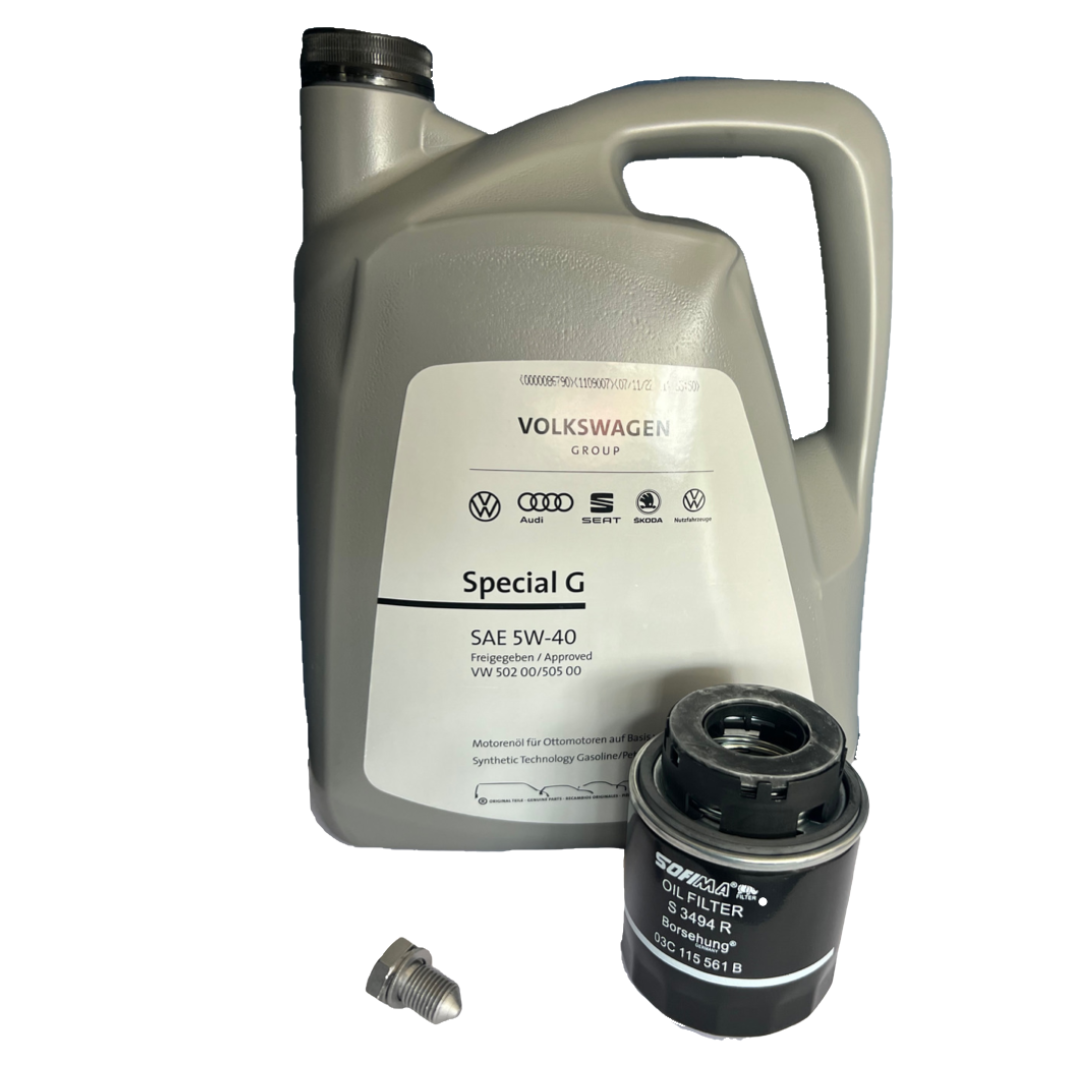Exactly How a Clp Engine Can Boost Effectiveness in Various Industries
The arrival of CLP engines marks a significant shift in operational performance across numerous industries, driven by their capacity to optimize fuel consumption and reduce downtime. Industries such as production and logistics stand to gain considerably from their durable design and regular power output, which guarantee to streamline operations and boost productivity. As companies significantly prioritize sustainability along with efficiency, the function of CLP engines comes to be even a lot more crucial. What continues to be to be seen is how these improvements will certainly shape the future landscape of commercial procedures and their influence on more comprehensive economic patterns (clp engine).
Review of CLP Engines
CLP engines, or Constant Liquid Propellant engines, stand for a substantial innovation in propulsion modern technology, especially for space applications. These engines utilize a continual feed system that permits the sustained expulsion of propellant, resulting in enhanced performance and efficiency compared to traditional strong or hybrid propulsion systems. By preserving a constant flow of fluid propellant, CLP engines can accomplish more specific drive control, which is vital for maneuvering spacecraft in various goal situations.
The design of CLP engines incorporates innovative materials and innovative gas administration systems. clp engine. This leads to decreased weight and enhanced integrity, necessary aspects for long-duration room objectives. Additionally, the constant operation minimizes the threat of burning instability, a typical challenge in standard rocket engines.

Benefits in Manufacturing
The manufacturing of Continuous Liquid Propellant (CLP) engines presents several notable advantages that boost both performance and cost-effectiveness. One of the primary benefits is the structured manufacturing process, which decreases the intricacy connected with typical propulsion systems. By using liquid propellant, producers can achieve better accuracy in engine performance, resulting in optimized power result and minimized waste.
Additionally, CLP engines facilitate a greater degree of modularity, permitting easier assimilation right into various production lines. This versatility can substantially reduce lead times and boost total functional flexibility. Making use of CLP modern technology additionally has a tendency to reduce the need for considerable upkeep because of fewer moving components, which equates into reduced downtime and functional expenses.

Applications in Logistics
Leveraging Constant Fluid Propellant (CLP) engines in logistics supplies substantial benefits in operational efficiency and dependability. These engines supply a durable option for numerous transport demands, making it possible other for the smooth activity of items throughout substantial ranges. The inherent design of CLP engines permits consistent power output, which converts right into smoother and extra foreseeable transport timetables.
Among the crucial applications of CLP engines in logistics is in durable freight transport, where they can drive both ground and airborne lorries. Their capacity to keep high efficiency under differing lots conditions ensures that delivery timelines are met, therefore enhancing customer complete satisfaction. In addition, CLP engines can be incorporated into automated logistics systems, promoting real-time monitoring and enhancing path planning.
Moreover, the resilience of CLP engines decreases maintenance downtime, allowing logistics firms to optimize their operational capabilities. This is especially advantageous in warehousing operations, where performance in taking care of and delivering products is crucial. As logistics continues to develop, the integration of CLP engines stands for a forward-thinking method that not just enhances performance yet also sustains the market's expanding needs for reliability and rate.
Effect On Energy Performance
Exactly How do Continuous Liquid Propellant (CLP) engines boost energy efficiency in transportation? CLP engines utilize a regular flow of fluid gas, enhancing burning procedures and maintaining a secure drive output. This style decreases energy losses connected with traditional combustion engines, where gas distribution can vary and cause inadequacies.
The continuous procedure of CLP engines permits a much more reliable thermal cycle, resulting in higher certain impulse contrasted to conventional engines. clp engine. This translates to minimized gas intake for the same amount of job done, considerably reducing functional prices throughout various transportation industries, consisting of aeronautics and maritime industries
In addition, the ability of click CLP engines to preserve optimum performance under varying tons problems reduces the requirement for regular velocity and slowdown, even more boosting fuel effectiveness. Improved power performance not only adds to set you back financial savings but also results in reduce greenhouse gas discharges, lining up with worldwide sustainability objectives.
Future Trends and Innovations
Emerging innovations in Continual Fluid Propellant (CLP) engine modern technology promise to transform the landscape of transportation effectiveness and sustainability. As industries pivot toward greener options, CLP engines stand at the leading edge, integrating innovative materials and layout techniques that enhance efficiency while decreasing ecological effect.
Among the most promising trends is the adoption of crossbreed systems that incorporate CLP engines with eco-friendly power sources. This synergy can optimize fuel consumption and reduce emissions, aligning with global sustainability objectives. Innovations in computational liquid dynamics (CFD) are facilitating the design of even more aerodynamically reliable engines, leading to minimized drag and improved fuel efficiency.
In addition, the advancement of smart surveillance systems is readied to enhance functional effectiveness. These systems utilize data analytics and IoT technology to optimize engine performance in real-time, ensuring that the engines operate within their most reliable specifications.
As research remains to explore different propellant formulations-- such as biofuels and artificial fuels-- the future of CLP engines looks encouraging. By harnessing these technologies, markets can not only enhance their performance but additionally contribute substantially to a cleaner, much more lasting future in transport.
Verdict
To conclude, CLP engines stand for a considerable innovation in effectiveness across several sectors. Their ability to enhance gas intake and decrease operational prices, integrated with a continuous feed system, enhances power outcome and functional reliability. The combination of advanced materials and address less relocating components decreases upkeep needs, while alignment with sustainability goals positions CLP engines as a critical innovation for the future. Continued advancement in this area guarantees additional enhancements in effectiveness and ecological performance.